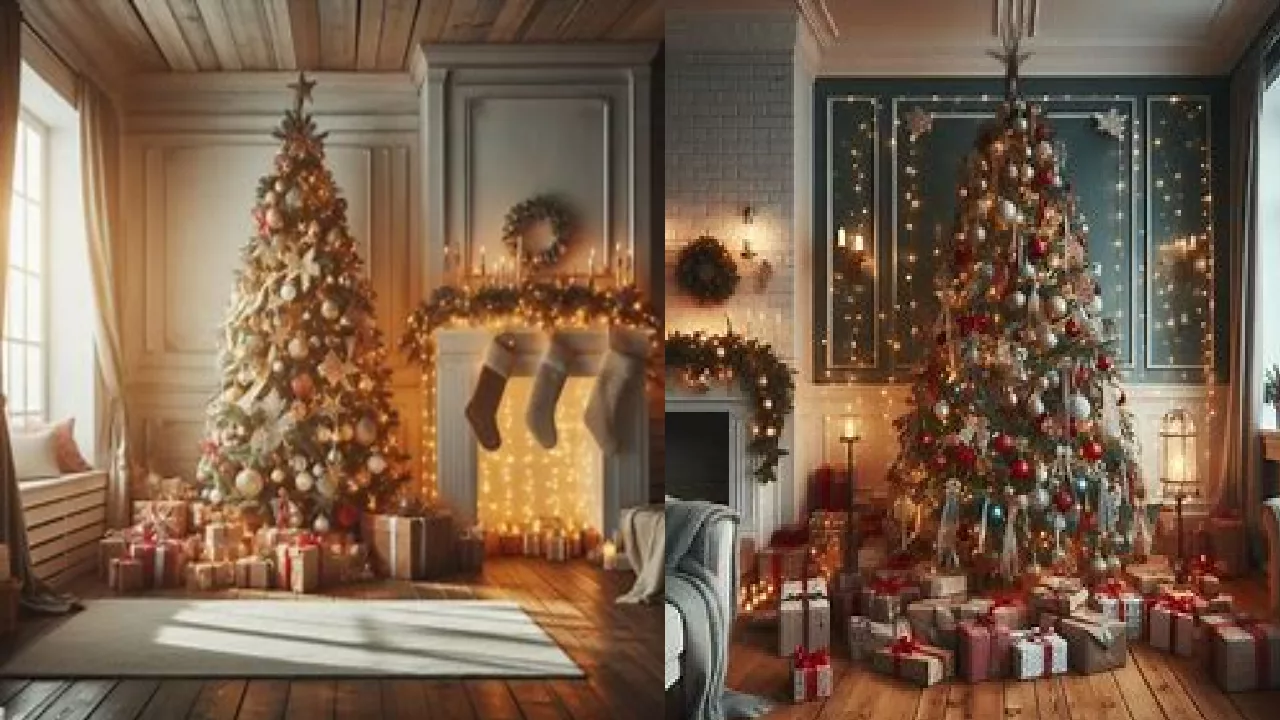Christmas is an annual festival commemorating the birth of Jesus Christ, observed primarily on December 25 as a religious and cultural celebration among billions of people around the world. A feast central to the Christian liturgical year, it follows the season of Advent (which begins four Sundays before) or the Nativity Fast, and initiates the season of Christmastide, which historically in the West lasts twelve days and culminates on Twelfth Night. Christmas Day is a public holiday in many countries, is celebrated religiously by a majority of Christians, as well as culturally by many non-Christians, and forms an integral part of the holiday season surrounding it.
Christmas Day is celebrated as a major festival and public holiday in countries around the world, including many whose populations are mostly non-Christian. In some non-Christian areas, periods of former colonial rule introduced the celebration (e.g. Hong Kong); in others, Christian minorities or foreign cultural influences have led populations to observe the holiday. Countries such as Japan, where Christmas is popular despite there being only a small number of Christians, have adopted many of the cultural aspects of Christmas, such as gift-giving, decorations, and Christmas trees. A similar example is in Turkey, being Muslim-majority and with a small number of Christians, where Christmas trees and decorations tend to line public streets during the festival.
Christmas during the Middle Ages was a public festival that incorporated ivy, holly, and other evergreens. Christmas gift-giving during the Middle Ages was usually between people with legal relationships, such as tenant and landlord. The annual indulgence in eating, dancing, singing, sporting, and card playing escalated in England, and by the 17th century the Christmas season featured lavish dinners, elaborate masques, and pageants. In 1607, King James I insisted that a play be acted on Christmas night and that the court indulge in games. It was during the Reformation in 16th–17th-century Europe that many Protestants changed the gift bringer to the Christ Child or Christkindl, and the date of giving gifts changed from December 6 to Christmas Eve.
And the people started to celebrate christmas by presenting each others gifts, blessings and wishes and also by building a christmas tree.
Christmas trees are certainly not a hugely significant use of land, or a big player in the global carbon cycle, especially compared to timber production or crops like maize or wheat. But they do provide an interesting area to consider, in part because many humans have far more direct engagement with them than perhaps any other forest product.
Christmas trees are typically young spruce, fir or pine trees from plantations, which means their environmental impact will always very much depend on what might be grown on land instead. It goes without saying that old growth forests, peatlands and other native habitats should never be used to plant Christmas trees.
Artificial trees, on the other hand, are made of plastic and are often shipped all around the world, so their carbon footprint is much higher. Plastic takes thousands of years to completely break down, so it’s not so great for the earth. That being said, there are still reasons why some folks would prefer to purchase an artificial tree “” read on to find out why.
But, Artifical christmas trees are made up of plastics and it doesn`t decompose in the soil. Instead. it will degrade the soil .
On the other hand, a single christmas tree takes around 15 to 20 years and in each year more than 15000 christmas trees are being cutted which really pollutes the environment and also creates respiratory diseases such as asthama and many moreee.
Do you believe cutting a christmas tree is a good idea.

